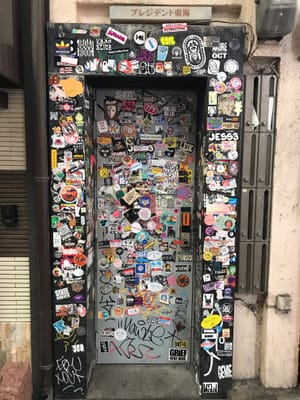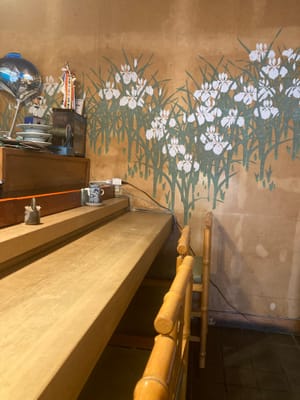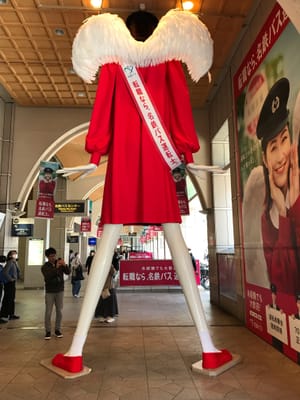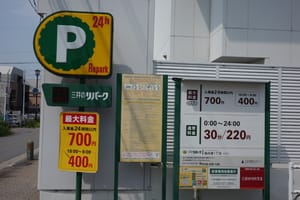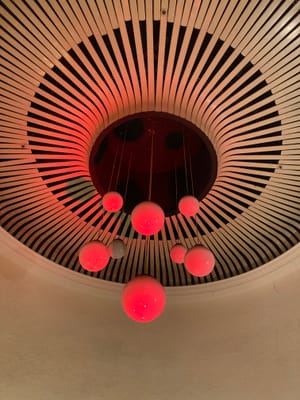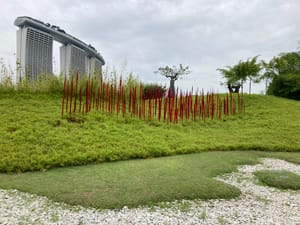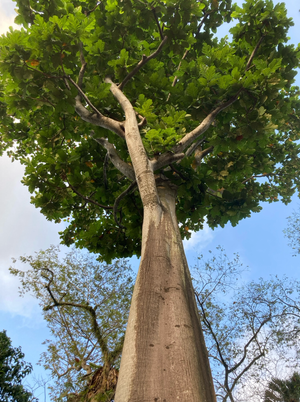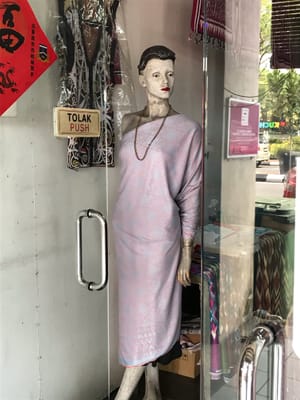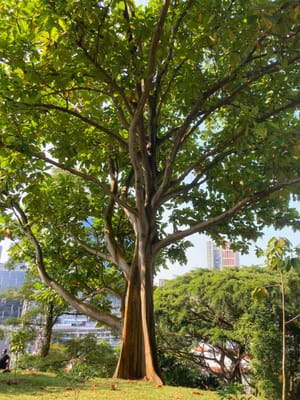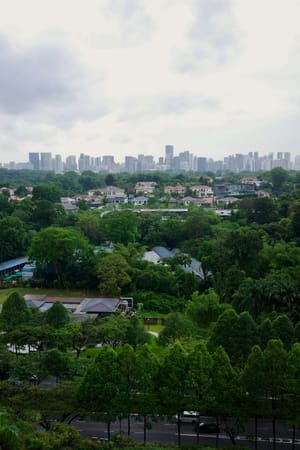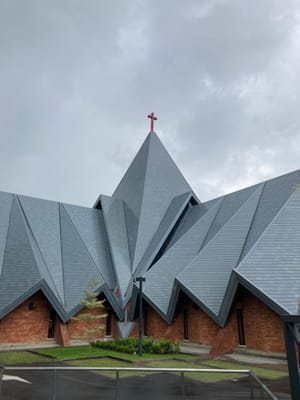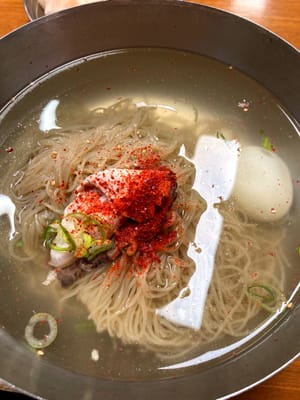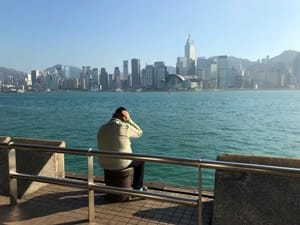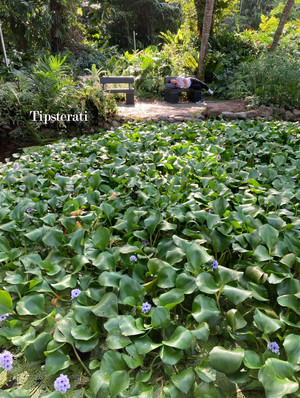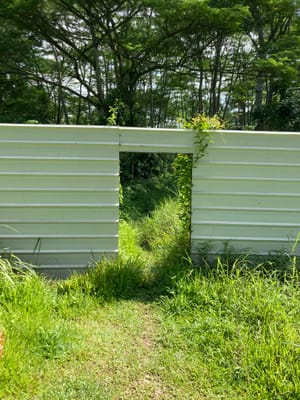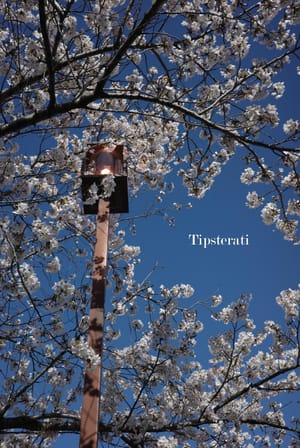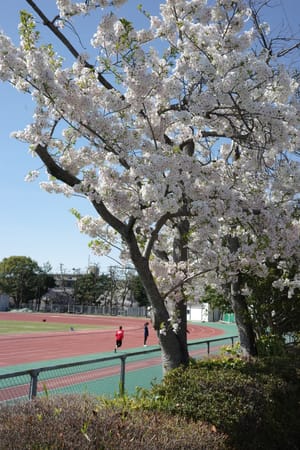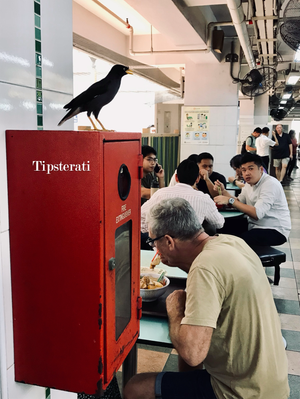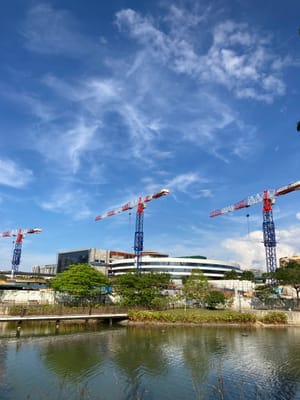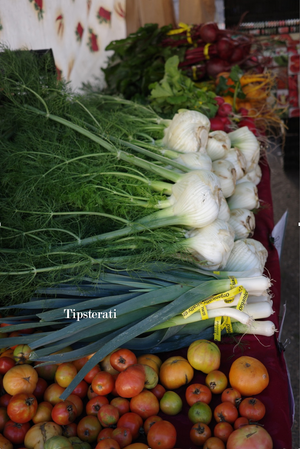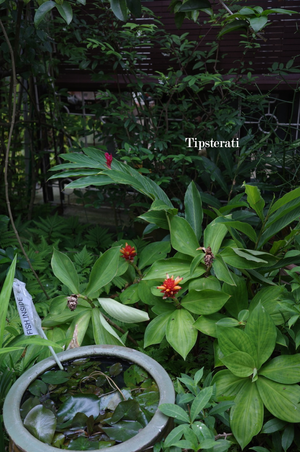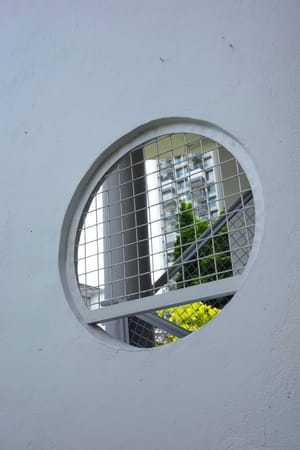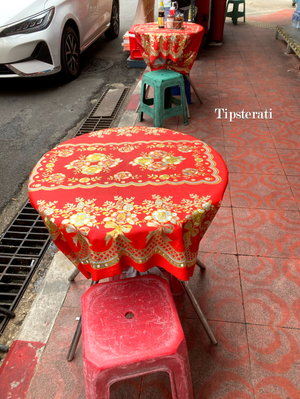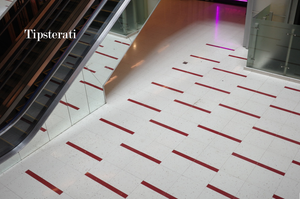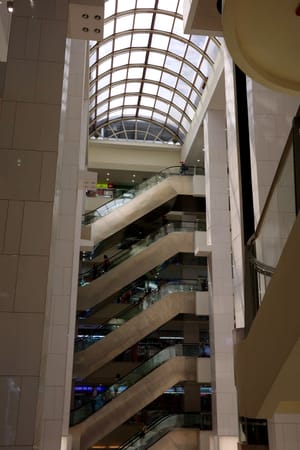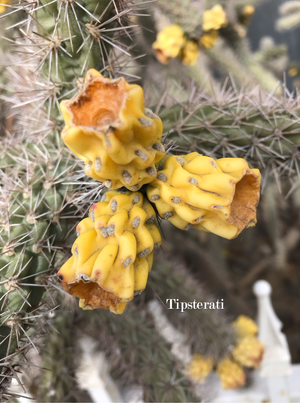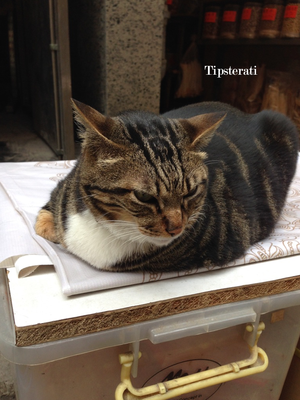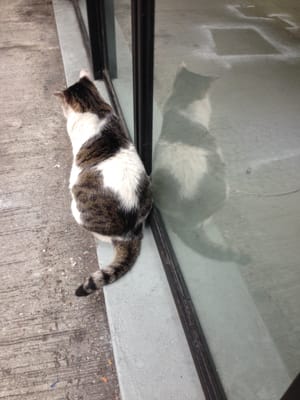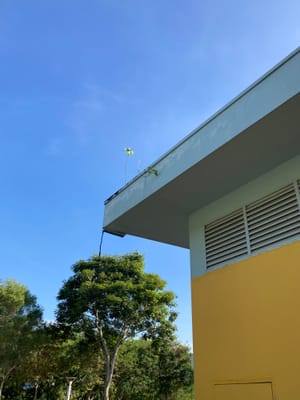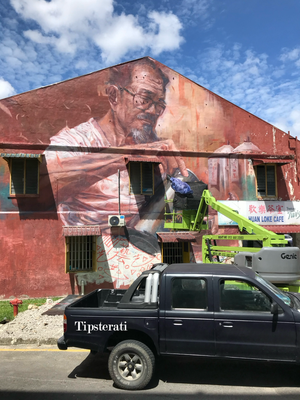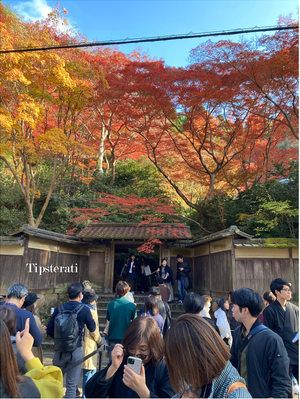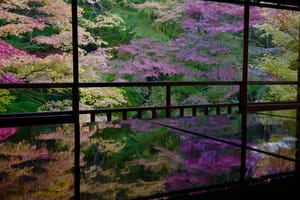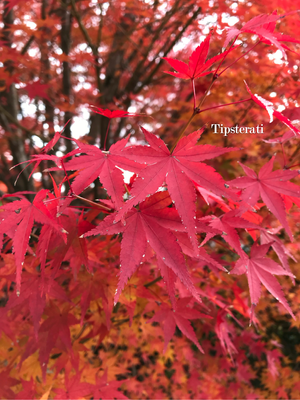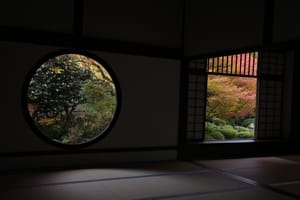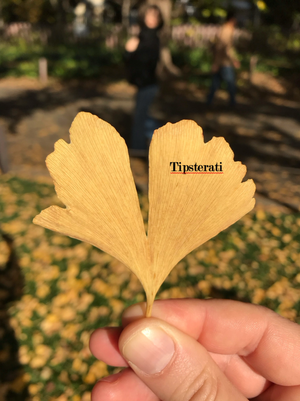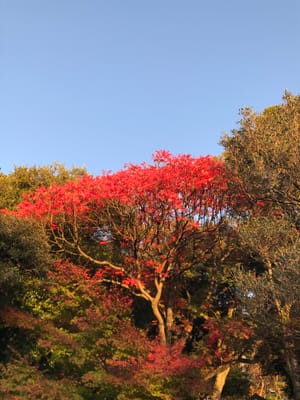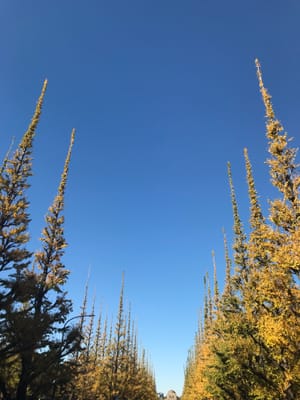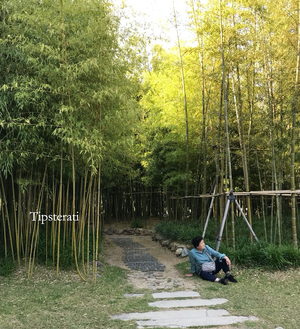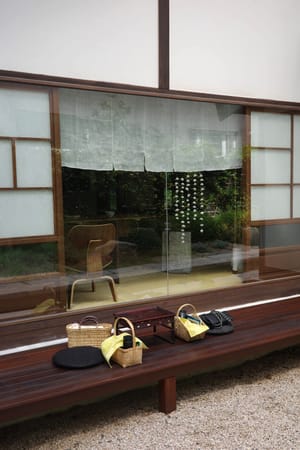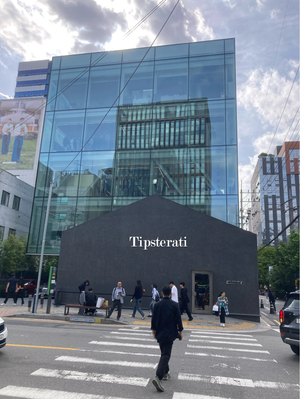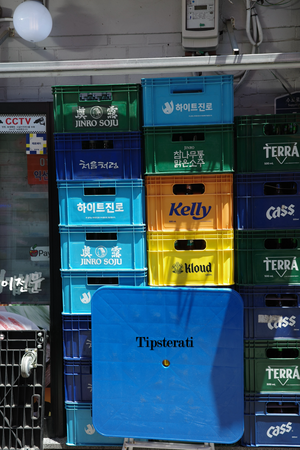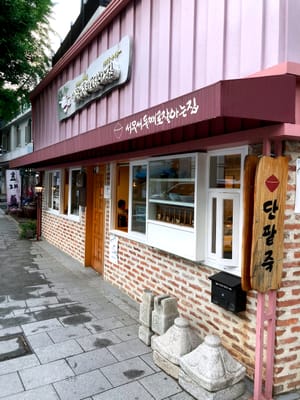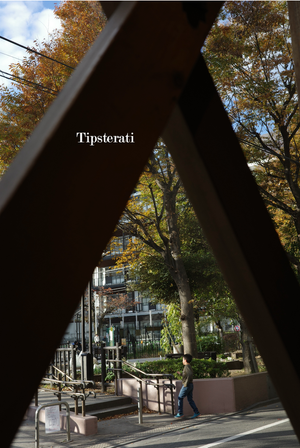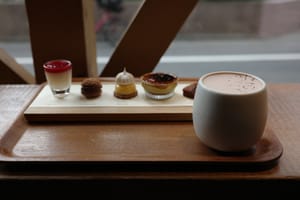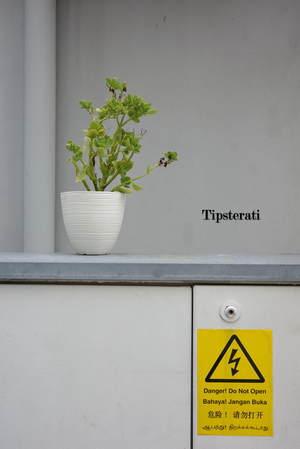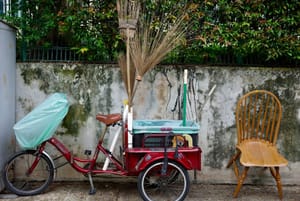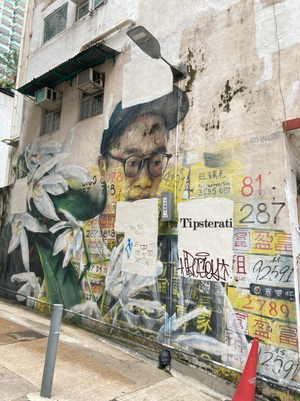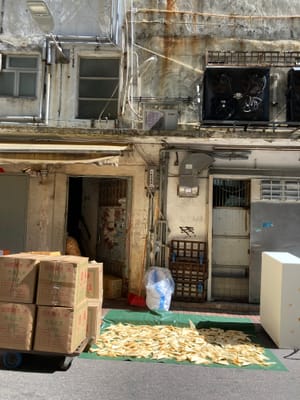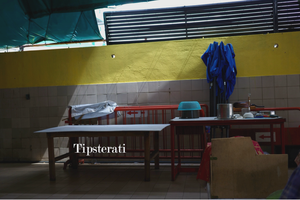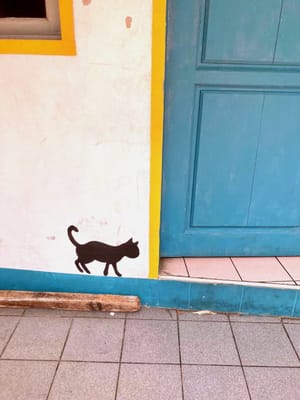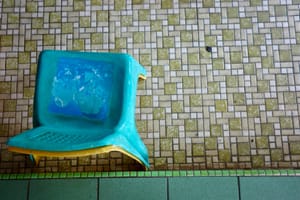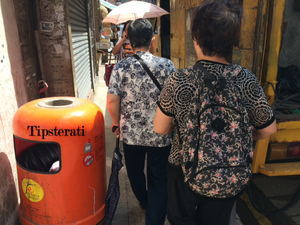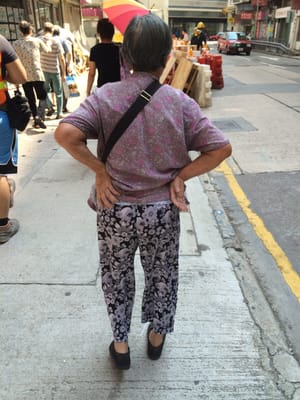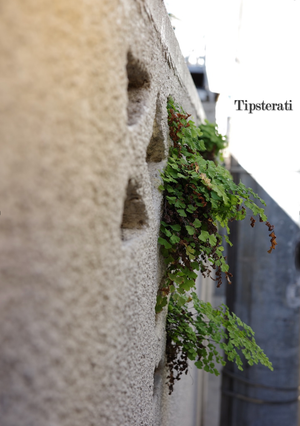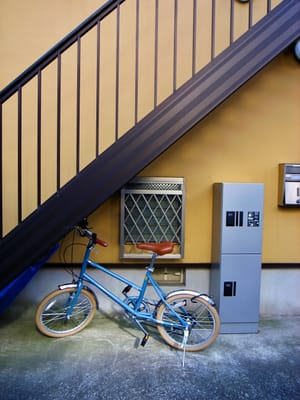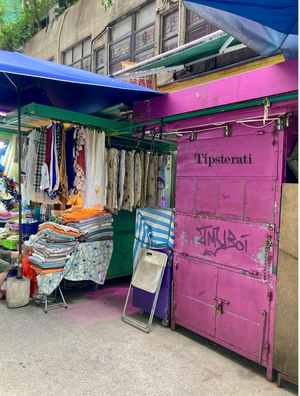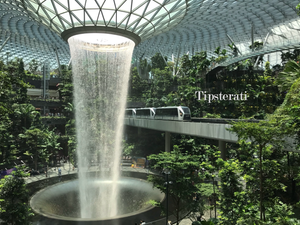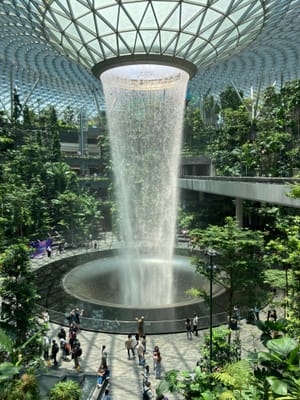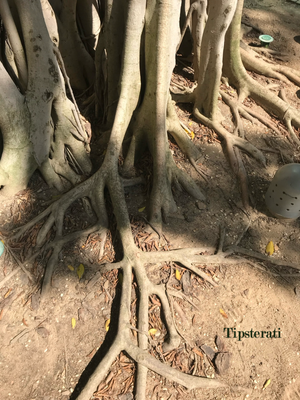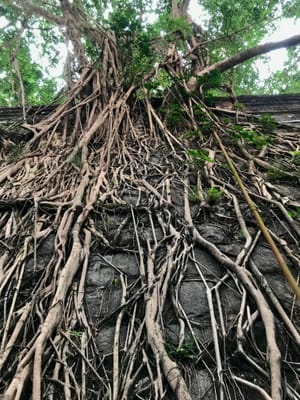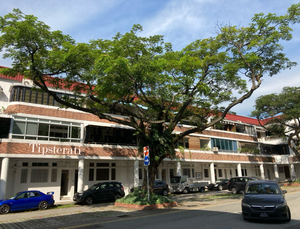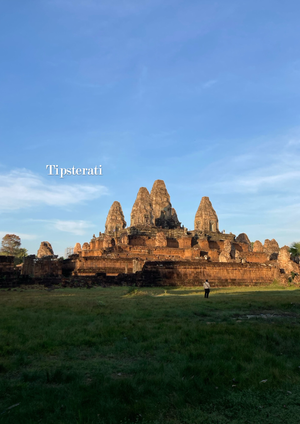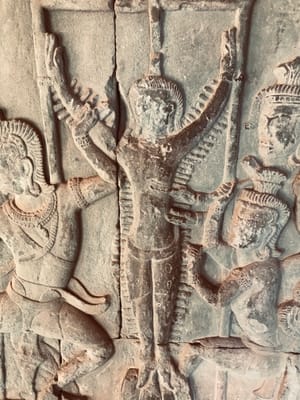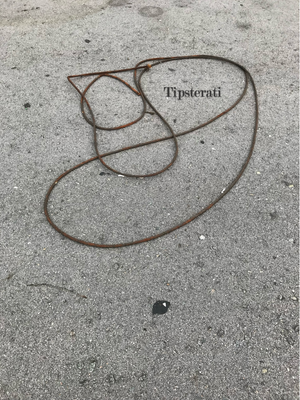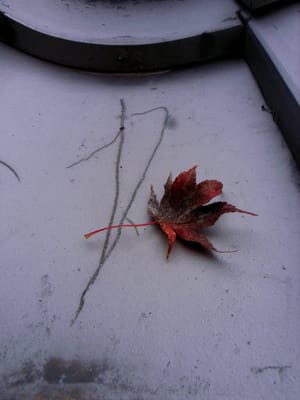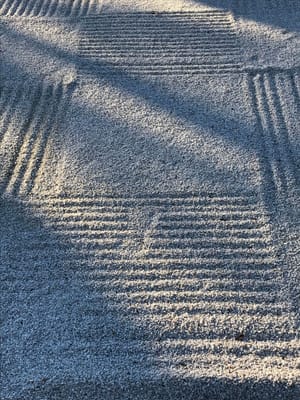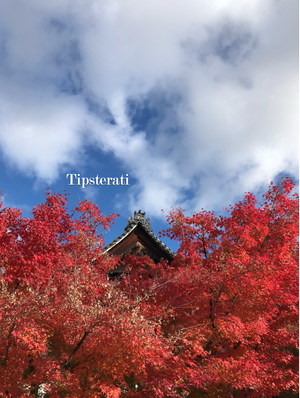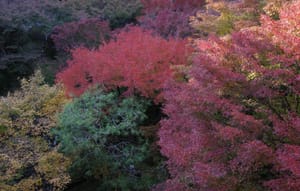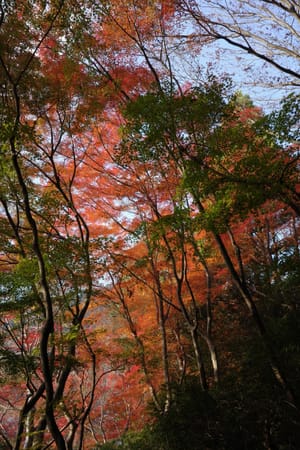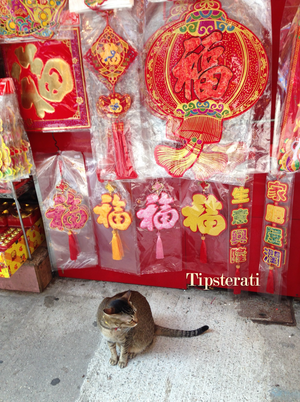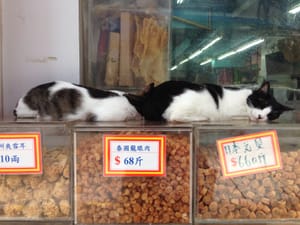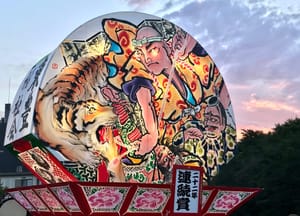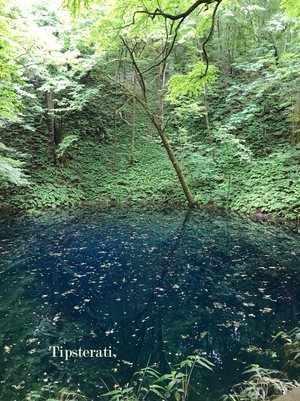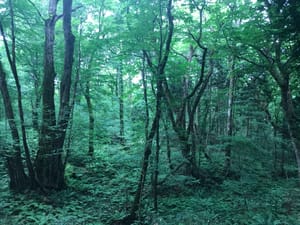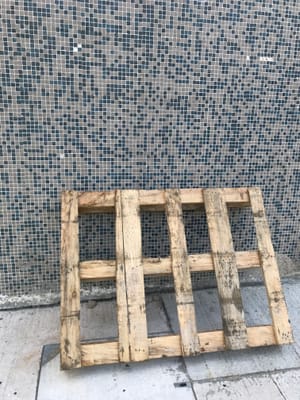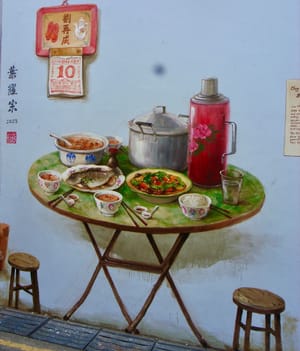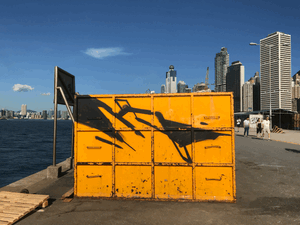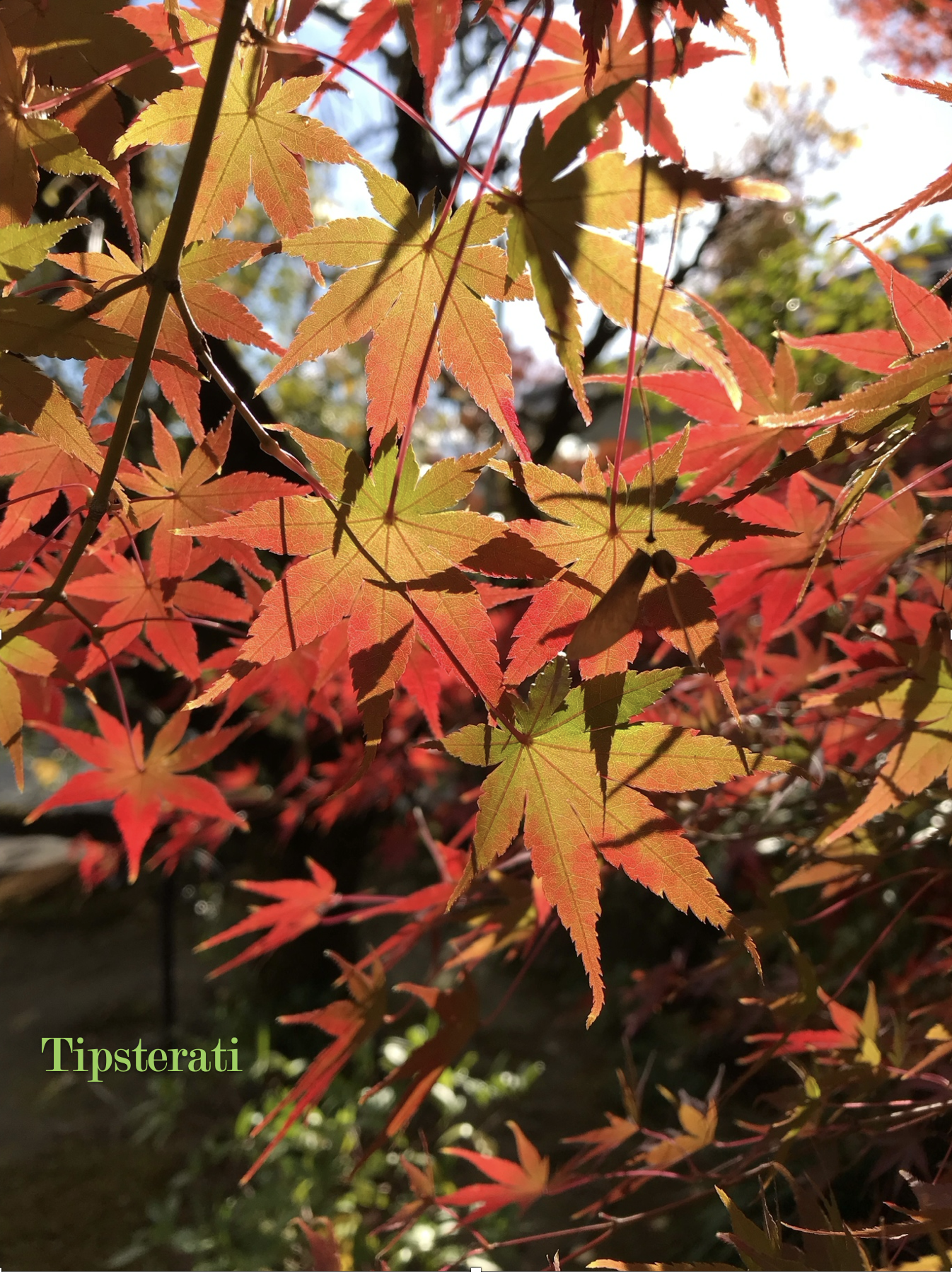
Autumn-leaf hunting in Kyoto: Part 2
The first shock is the crowds. Imagine the masses at a popular theme park but in a tighter space. This being Japan, though, everyone is calm and civil, and the temples are staffed with attendants who shepherd people through the assigned route. Everything has been thoughtfully organised and you recognise you have entered a well-oiled system. Indeed, it’s almost too well-oiled because you find yourself flowing through the gardens and temple grounds too quickly, your pace dictated by the bustling crowd that sweeps you along.
The second shock is being greeted by the riot of colour that is the autumn leaves. I had never realised that the Japanese maple came in this many shades of red—peach-pink, vermillion, scarlet, maroon. Then picture these hues juxtaposed with the brilliant golds of the ginkgo and the deep greens of the pine. We are witnessing the craft of the Japanese landscape gardener, who has turned a small plot of land into a kaleidoscope. Nature has been enhanced to astonishing effect. At times the impression is positively psychedelic.
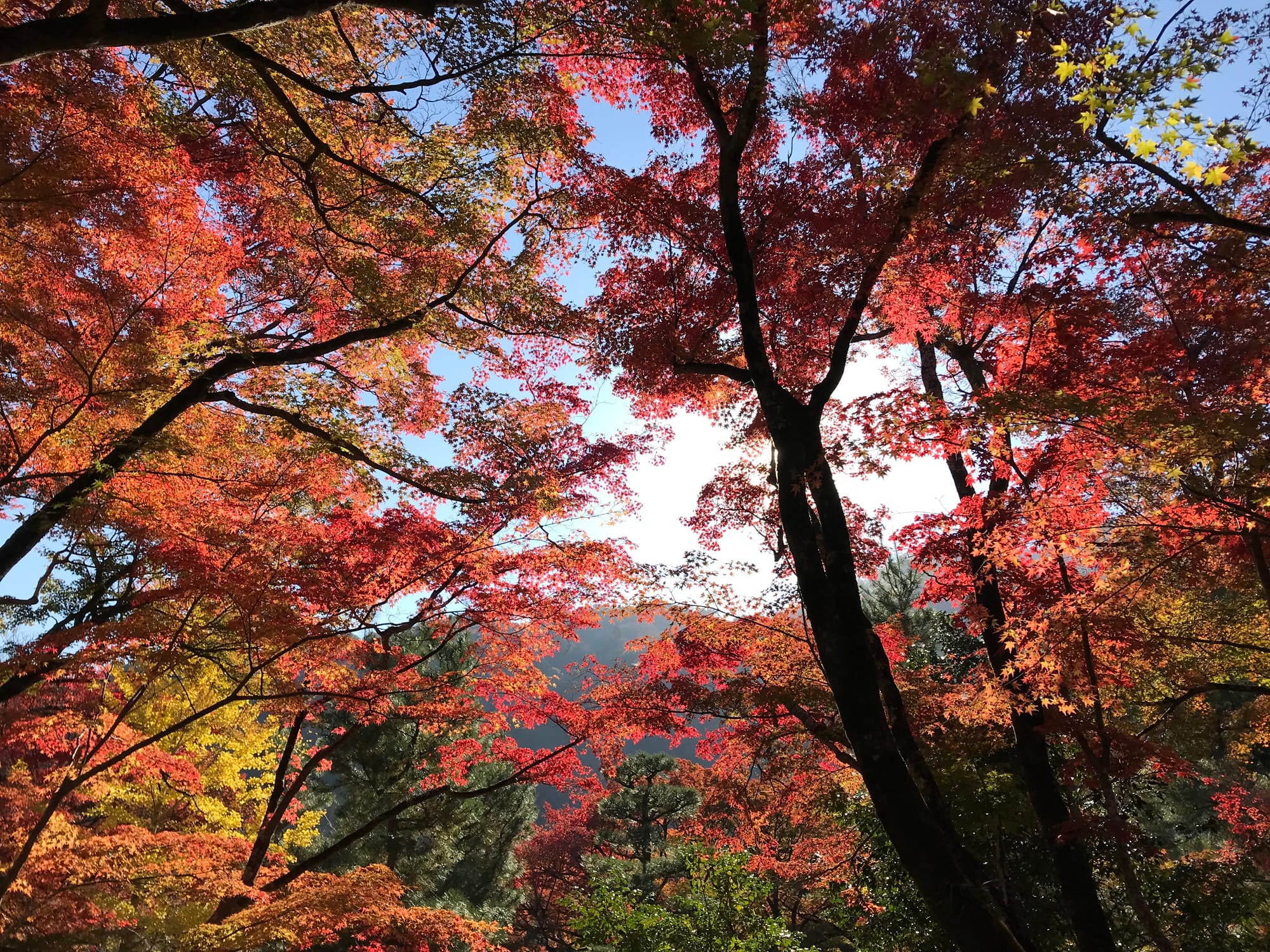
The third shock is realising that I am in a theme park. There are no rollercoaster rides, but many of these temple gardens are designed to be spectacles, and this is autumn on steroids. The likeness to a theme park continues when you notice that after working your way through the ticketed areas of the temple, you are ejected into a section where you can stop to snack and buy some local specialties. After the highs of autumn-leaf hunting, this way please to the café and the gift shop.
Yet, in spite of the sometimes irksome press of people and the commercialisation of the experience, I would do it all again. Because autumn in Kyoto is where you encounter the concerted defiance of trees blazing their way into the coming winter. Everyone is here to celebrate their last hurrah for the year. As the cold and the darkness descend and the year dips to its end, we will want to follow the lead of the trees.
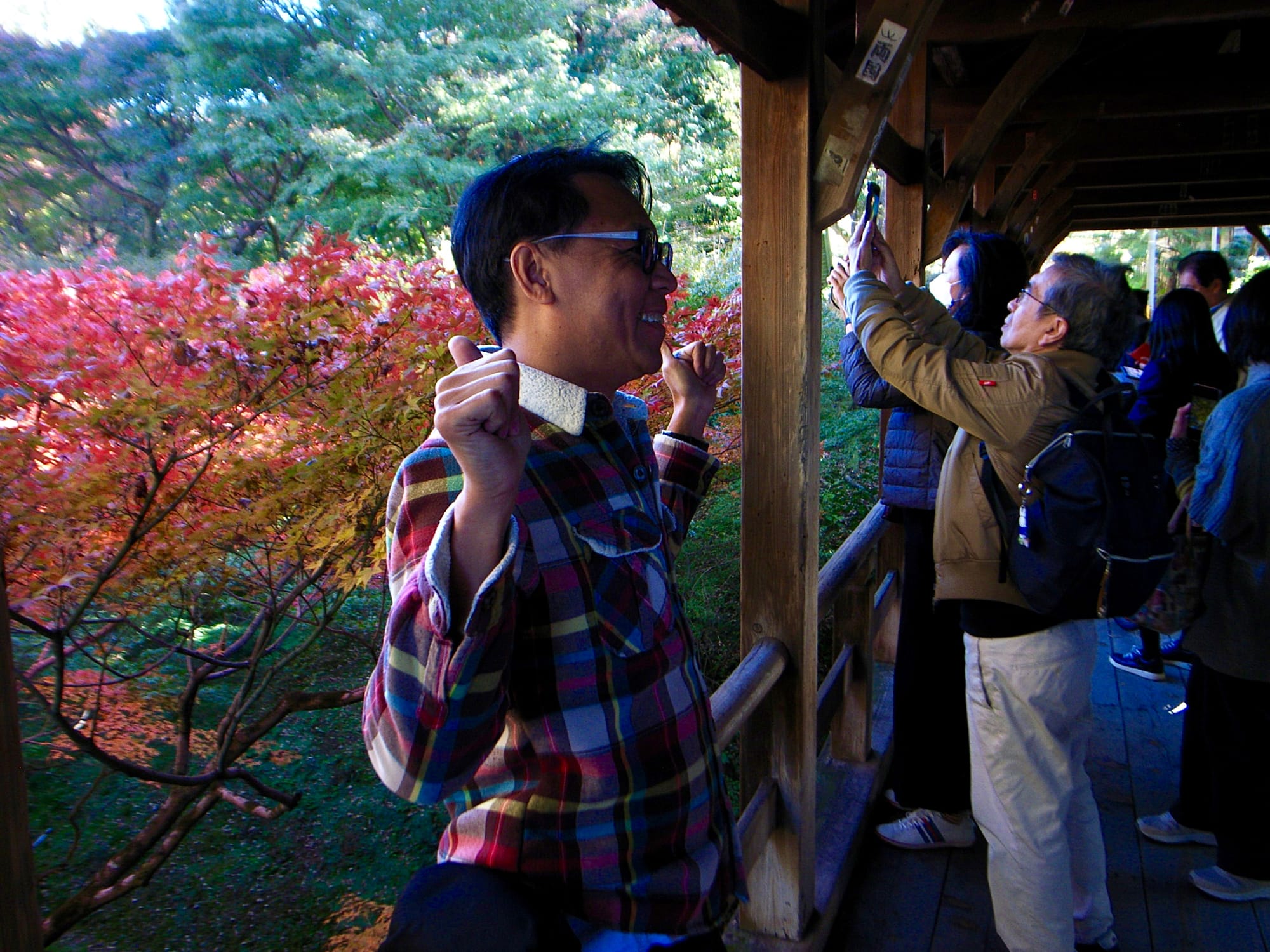
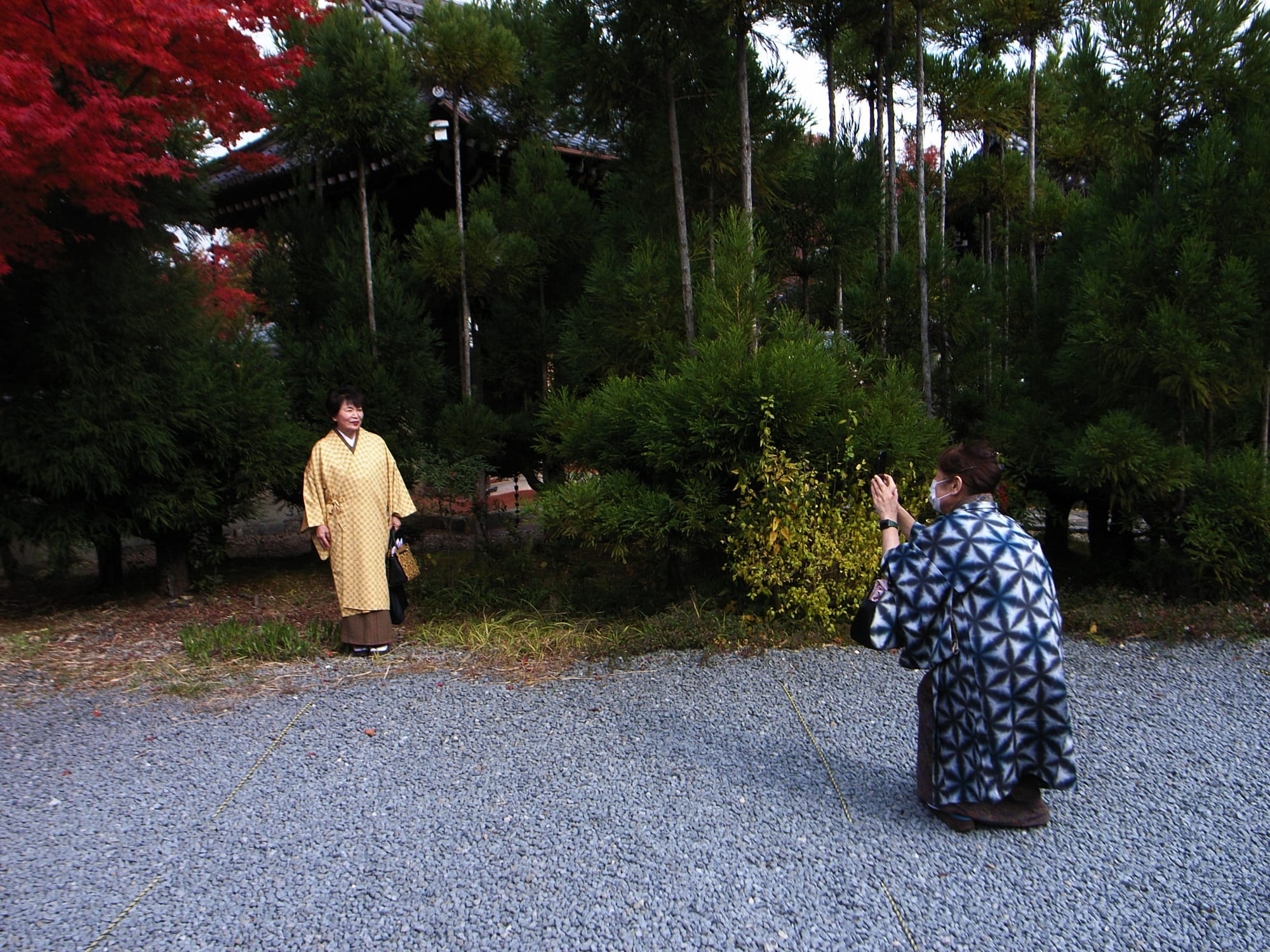
Tips for autumn-leaf-hunting season in Kyoto
· This website is essential: https://souda-kyoto.jp/guide/season/koyo/ Every few days during autumn, this site collects photos from Kyoto temples showing the current state of the autumn leaves and the progress of the change in colours. It’s in Japanese, but Google Translate does a good job in translating it!
· Based on the information from souda-kyoto, choose to go to temples where the leaves are at their best. This means that you may have to alter your plans, but there is no point going to a temple where the leaves have barely turned. This was probably the best advice I received and it made a huge difference. Because of this counsel, I skipped Gio-ji (where the leaves had only just begun to colour) in Arashiyama in favour of Nison-in (which was at its peak), and I did not regret it. Nison-in was a wonderful experience. It had not even been on my radar, but I found it to be quite a special temple.
· Group and organise your temple outings according to geographic area. So, if you want to visit Ruriko-in, do it together with Renge-ji (17-20 mins away by foot) and other temples in the area. If you want to see Eikando, combine it with Nanzen-ji or the Philosopher’s Path as these are all nearby. Kyoto is sprawling, and you will not have the time (or energy) to run from the eastern suburbs to the western suburbs in a day.
· If eating well matters to you, then make sure you plan a lunch spot near the temples you will be visiting. Options for the some smaller temples in the outer suburbs can be especially limited, so do some research in advance. If you tend to get hangry, bring a snack along. A rice ball (onigiri) and some tangerines from a convenience store saved us a number of times when we started to feel peckish in the middle of a long commute.
· Some of the temples farther away are accessible only by bus and not by subway or train. With November being peak season, you will be fighting with locals and tourists alike for a spot on the bus. If you cannot handle standing on long and crowded bus trips, you may want to look into going by taxi or hiring a car instead. This will be more expensive, of course, but it might be much less stressful if you are not used to being packed in like a sardine.
· Take your time and, if you find a view that is particularly lovely, make sure to stand aside for a few moments to soak it all in. It is all too easy to be caught up in the stream of visitors. Before you know it, you have followed the crowd to the next viewing spot and there is no way to trace your path back. Often the more popular temples have a set route for everyone to follow, so you are not exactly free to wander as you please. This makes it all the more vital that you let others pass while you pause to take the time you need.
· Wear comfortable shoes you can slip in and out of easily. Many temples (Genko-an, Ruriko-in, and Renge-ji, for example) will require you to take off your shoes before stepping into the temple building. Usually, you will be given a plastic bag to hold your shoes and you carry them with you until you are ready to leave.
· Early morning visits might mean fewer people to jostle with. (We can never wake up early though!)
· If you intend to have a slow and thoughtful temple visit, allot 45-90 minutes for each temple. If you are just whistling through, then probably 30-45 minutes will be enough. The size of the temple is also an important factor. A small temple might only require 15 minutes if you are giving it only a cursory look. We lingered at each temple and generally managed two a day (with a generous amount of time spent at lunch!).
Where to eat
This eatery specialises in obanzai (Kyoto-style vegetable side dishes) and, interestingly, is open for breakfast and dinner only. Bookings are definitely needed for both (ask your hotel concierge for help with this). Everything we ate here was superb. I would recommend starting with an obanzai platter and then choosing a few seafood or meat dishes, with a rice or noodle to finish. The cooking is clean and simple and the place is relaxed. You will feel like you are eating in a friend’s home. There is an English menu and the staff, who were delightful, spoke some English.
No Name Ramen
If you like your ramen and tsukemen to be umami bombs, this is the place for you. The chicken-based broth is deep and sludgy (though it can be ordered thick, thin or half and half), and it is lightened with a tasteful serving of a few well-chosen vegetables. The decor is also a little unusual for a ramen shop: industrial chic (with an open kitchen and plenty of concrete), but, this being Kyoto, there is also a small internal garden and touches of wood to soften the greyness.
As befits their name, No Name Ramen does not have a website, but this review will give you all the information you need to locate it and place an order.
This is near Ginkaku-ji and the Philosopher’s Path. Their dipping udons are very good, but if there are any special seasonal brothy udon bowls on the menu, I would recommend going for those—with an order of tempura (truly outstanding). They offer mackerel sushi (sabazushi) too, which is a Kyoto specialty.
Yudofu Sagano, Arashiyama
If you plan to visit Arashiyama, this would be my recommended lunch spot. The restaurant is housed in a large traditional house with a beautiful garden in a quieter part of Arashiyama, not far from the river. They specialise in tofu set meals and, if you already enjoy bean curd, this will be a memorable meal—the softest, silkiest tofu presented in all forms and cooked a variety of ways. I can’t imagine a non-tofu-lover turning up their nose at this. It might even change some minds.
Service is polite but surprisingly brisk. This restaurant is popular and the kitchen and wait staff are incredibly efficient. Dishes arrive at quite a clip and while you might be tempted to happily feast away, focusing solely on the food, do take a moment to enjoy the surroundings too. The rooms are traditional style (be prepared to sit shoeless on the tatami mat floor) and the views are lovely. If you don’t look out onto the garden (which in sakura season is especially gorgeous), you will still have a view of the mountains and trees nearby.
Note that they use fish (bonito) for their broths, so this is not a vegetarian restaurant. They do not take bookings so you will have to arrive, put your name down on the list, and wait your turn. As you do so, you can peer just behind you at Arashiyama Arhat, stone statues of Buddha's notable ancient followers.
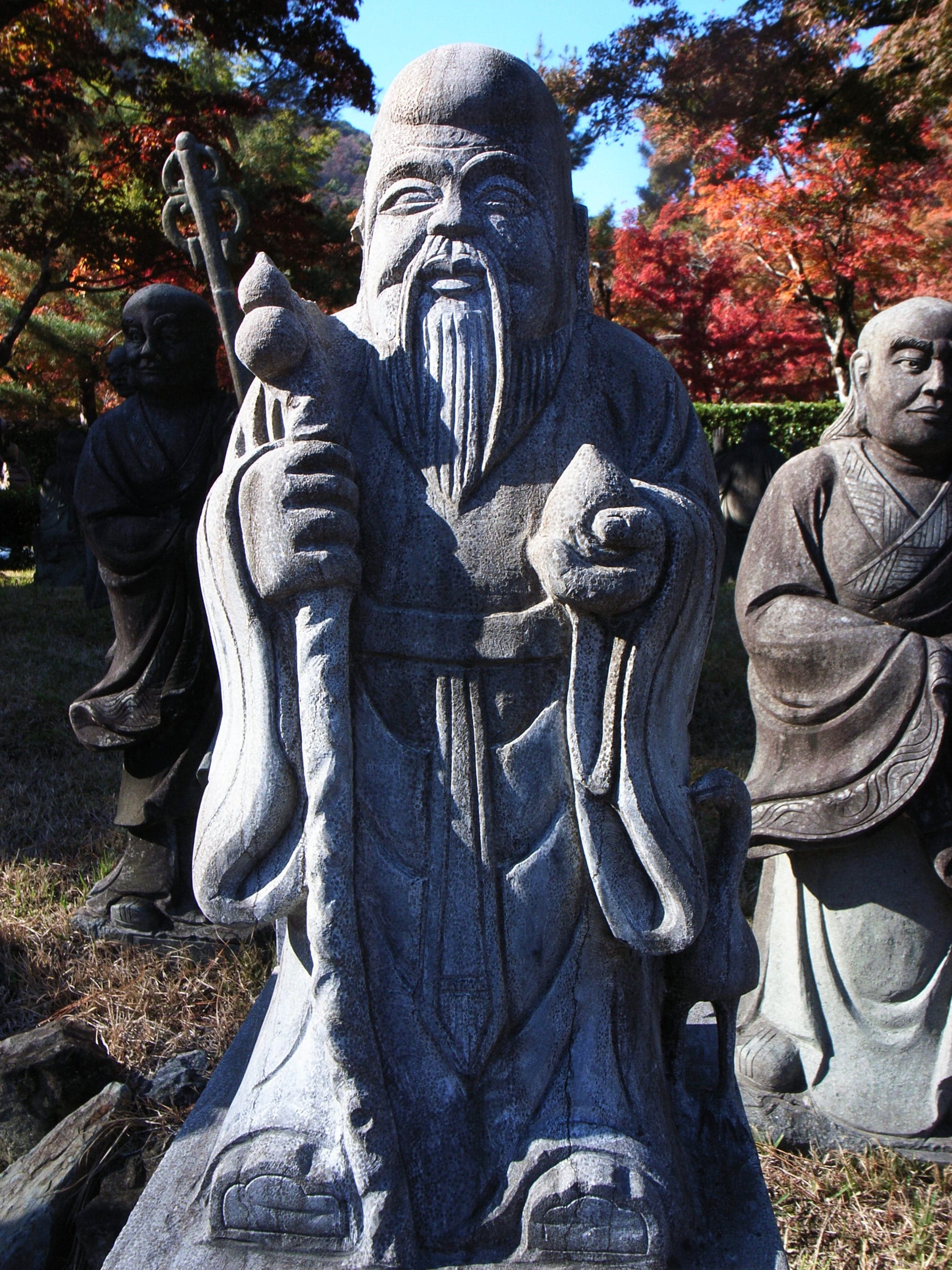
Where to stay
You might not imagine that a chic modern hotel with an intriguing contemporary art collection would be our top Kyoto lodging choice, but you'd be wrong. This hotel is a gem! Its location is excellent. Bus stops to major temples are a short hop away. The subway station, while not as close as the bus stops, is only about ten minutes away by foot. There are great supermarkets and fantastic izakayas nearby (Shunsai Imari is only a five-minute walk away). Nishiki market is roughly 15-20 minutes by foot. You have everything you might need close at hand, but you are far from the crowds.
The rooms are thoughtfully designed and well appointed. The lighting can be a little dim and the palette of greys a little austere, but there is something very calm and soothing about this place. Needless to say, the staff are helpful and kind.
Kyomachiya Ryokan Sakura Urushitei
It's Kyoto, and you feel the need to stay in something more appropriately traditional. If so, then this might be the place for you. We haven't stayed in this particular location, so we cannot speak firsthand about its pros and cons. We have stayed, though, in Ryokan Sakura's sister hotel near Kyoto Station (which is currently closed) and found the rooms and service there very good. Be warned: Ryokan Sakura does get booked up quickly in spring and autumn.
There are also chain hotels like Dormy Inn and Candeo to consider. We have stayed in Dormy Inns and Candeos in other Japanese cities and have found them to be pleasant and enjoyable. They won't be as unique as Node or Ryokan Sakura, but they are usually reasonably priced and comfortable.
